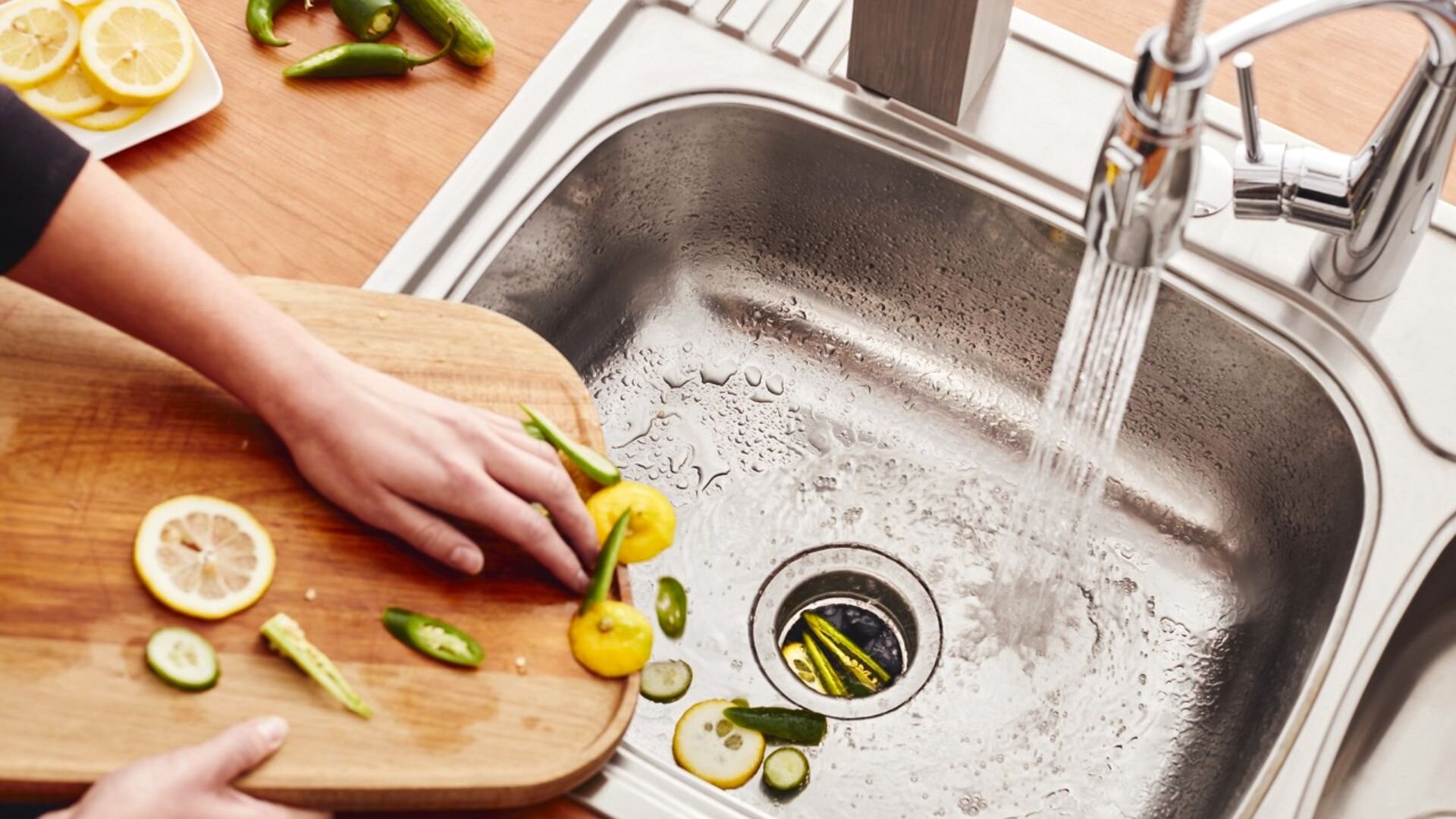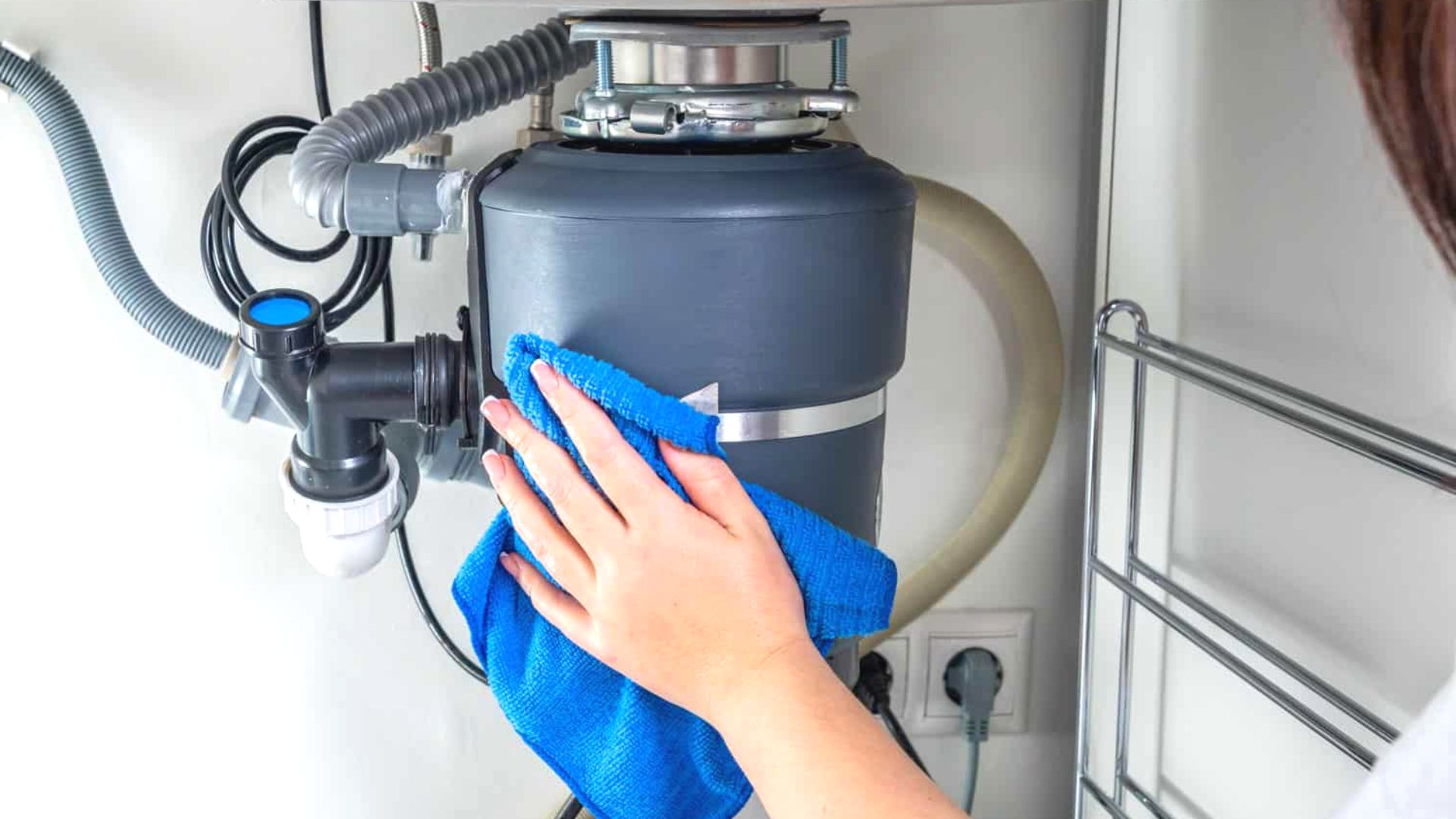The Definitive Guide to Fixing a Leaky Waste Disposal Unit
The Definitive Guide to Fixing a Leaky Waste Disposal Unit
Blog Article
We have encountered this great article about The Handy Guide To Fixing Your Garbage Disposal Leaking down the page on the web and felt it made perfect sense to discuss it with you here.

Waste disposal unit are vital kitchen devices that assist in disposing of food waste successfully. However, a dripping waste disposal unit can be a discouraging and untidy issue to handle. The good news is, several leakages can be repaired conveniently with a couple of simple steps. In this article, we will talk about exactly how to take care of a dripping waste disposal unit properly.
Intro
Waste disposal unit are set up under kitchen area sinks and are designed to shred food waste right into smaller pieces, allowing it to travel through the pipes system quickly. While these gadgets are usually reputable, leakages can occur gradually as a result of deterioration, loosened connections, or damages to the system.
Step-by-Step Guide to Dealing With a Dripping Garbage Disposal
Switch off the Power
Before attempting any type of fixings, guarantee that the power to the garbage disposal system is shut off to stop the threat of electric shock.
Find the Leak
Determine the specific area of the leak and identify the reason
Tighten up Connections
Make use of a wrench to tighten any type of loosened links in between the disposal device and the pipes system.
Replace Seals or Gaskets
If the leakage is because of worn seals or gaskets, eliminate the old components and change them with new ones.
Patching Cracks or Openings
For fractures or holes in the disposal device, usage epoxy or an ideal patching product to secure the broken location.
Recognizing the Source of the Leak
Prior to trying to deal with a leaking garbage disposal, it is necessary to determine the resource of the leakage. This can usually be done with aesthetic evaluation or by carrying out basic tests.
Visual Examination
Inspect the garbage disposal unit carefully for any indicators of water leakage. Pay close attention to areas around seals, gaskets, and link factors.
Examining for Leakages
One means to check for leaks is by running water through the disposal unit and checking for any kind of noticeable indications of leakage.
Common Root Causes Of Leakages in Waste Disposals
Worn Seals and Gaskets
Seals and gaskets play a critical function in stopping water from leaking out of the garbage disposal. In time, these components can wear away, causing leaks around the disposal device.
Loose Links
The connections between the garbage disposal and the pipes system can come to be loosened in time, causing water to leak out during procedure.
Fractures or Holes in the Disposal Device
Physical damages to the garbage disposal, such as splits or holes in the real estate, can additionally lead to leakages.
Devices and Materials Needed for Dealing With a Dripping Garbage Disposal
Prior to beginning the fixing process, collect the needed tools and materials, consisting of a screwdriver, adjustable wrench, plumbing's putty, substitute seals or gaskets, and epoxy or patching material for repairing splits or holes.
Checking the Garbage Disposal After Fixing
Once the repair service is complete, examine the waste disposal unit by running water through it to make certain that the leakage has been solved.
Preventive Maintenance Tips to Stay Clear Of Future Leaks
To stop future leaks, it is vital to perform routine maintenance on your garbage disposal. This consists of maintaining it tidy, avoiding placing non-food items or difficult items down the disposal, and periodically checking for leakages or other problems.
Final thought
To conclude, dealing with a dripping garbage disposal is a fairly uncomplicated process that can be finished with standard tools and products. By following the actions outlined in this short article and exercising preventive maintenance, you can maintain your garbage disposal in good working condition and prevent pricey repair services in the future.
What to Do About a Leaking Garbage Disposal
A leaking garbage disposal often goes unnoticed until you confront a sopping cabinet, a foul-smelling puddle, or an audible drip-drip-drip from the unit. The fix can be frustrating, too, because the leak can stem from a number of components in the system. Fortunately, with a little sleuthing, you can zero in on the leak and—depending on the exact location—stop the icky oozing and repair the component that caused it. Worst case scenario, if it turns out that the garbage disposal must be replaced, installing a new one is a reasonable do-it-yourself task for those with basic plumbing skills. Read on to keep the cash you’d otherwise hand over to a pro.
Prepare to find the leak
Prior to testing the garbage disposal for leaks, unplug it at the wall outlet and turn off the power from the breaker box to prevent electrical shock. Then insert a watertight sink stopper into your sink drain and wipe the unit dry with a clean cloth. In any handy container, mix a few drops of food coloring into a few cups of water, and pour the dyed water onto the sink stopper to help you locate the leak.
Investigate the source
the top, where the disposal meets the sink drain the side, where the dishwasher hose or main drain pipe connects to the disposal or the bottom of the unit Inspect each of these locations while gliding a light-colored rag over the unit; the dyed water will readily show on the rag and reveal the location of the leak. If a leak isn’t immediately apparent, remove the sink stopper and pour a few more cups of dyed water down the sink drain, then check for leaks again. Leaks near the top of the unit are more likely to show themselves while the sink is plugged, while side and bottom leaks are more noticeable while the sink is unplugged.
The metal sink flange that sits directly inside the sink drain is typically sealed around the top with plumber’s putty (a clay-like sealant) and then secured from under the sink with bolts. If the plumber’s putty deteriorates, or the bolts loosen, the flange can no longer form a watertight seal between the sink drain and the disposal—which could cause a leak at the top of the unit.
To reseal the leaky flange, you must first detach the garbage disposal. Start by loosening the screws securing the main drain pipe to the disposal, then loosen the screws in the metal clamp securing the dishwasher hose to the disposal and detach the drain pipe and dishwasher hose from the disposal. Loosen the screws in the mounting ring that connects the disposal to the metal mounting assembly beneath the sink, then pull down the disposal and carefully set it on a clean, dry surface. Loosen the bolts in the mounting assembly with a wrench, then pull down the mounting assembly and set it near the disposal.

I was shown that report about Why Is My Garbage Disposal Leaking From the Bottom? from a good friend on our other blog. Sharing is caring. One never knows, you will be helping someone out. I praise you for your time. Visit again soon.
Click Here Report this page